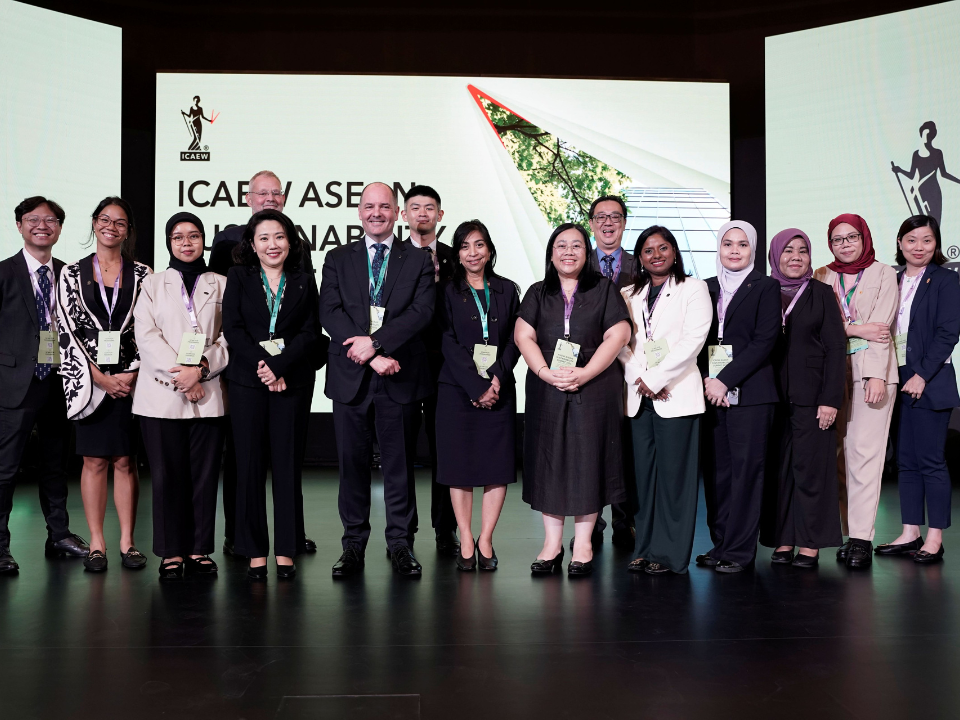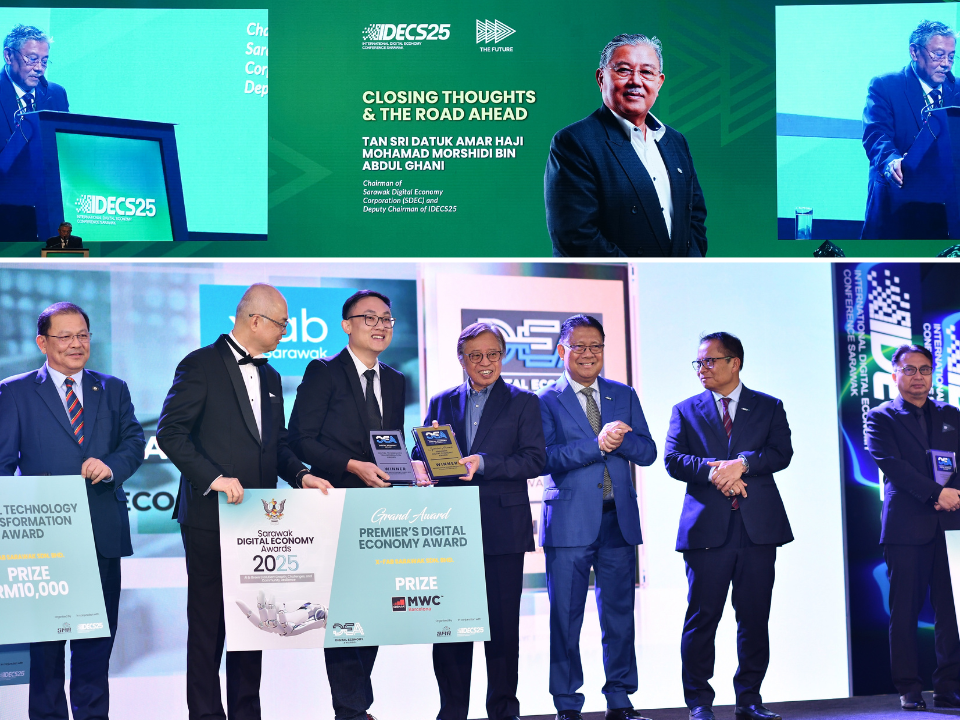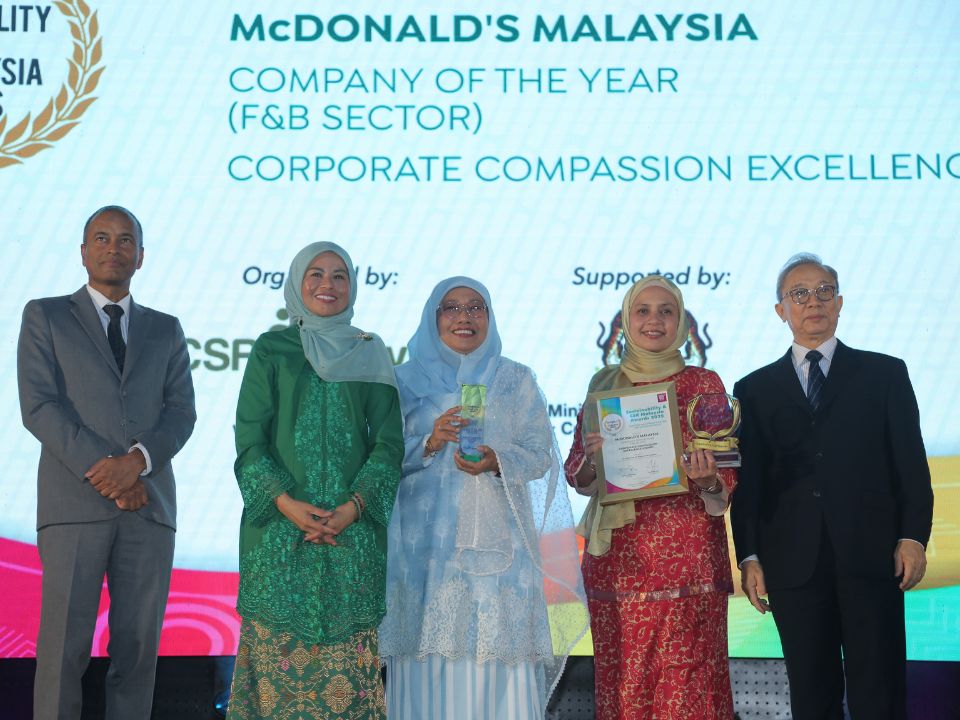
Microfinance is a banking service that is provided to low-income individuals and groups in the community who do not have any access to financial services in Malaysia. There are many Microfinance Institutions (MFI) in Malaysia. One prominent MFI is Bank Negara Malaysia (BNM) which offers ‘Skim Pembiayaan Mikro‘ for individuals to access business financing loans.
Apart from BNM, Malaysia has other microfinance institutions such as Amanah Ikthiar Malaysia (AIM), Yayasan Usahawan Malaysia (YUM), and The Economic Fund for National (TEKUN) with their lending systems provide aid to aspiring businesses from low-income groups. However, these MFIs only provide microcredit loans and no services provided for micro-savings and microinsurance.
How Can Microfinancing Reduce Poverty?
Microfinancing plays a vital role as a tool for alleviating poverty in Malaysia. This is to help marginalized communities become economically integrated by offering financial services and encouraging entrepreneurship to escape the cycle of poverty.
Check out how microfinance in Malaysia alleviates poverty reduction:
1. Financial Inclusion

Image via McKinsey
Microfinance provides access to financial services for individuals often excluded from traditional banking systems. Hence, microfinance institutions have filled the gap by offering microcredit under their financial schemes that enable low-income groups to receive financial aid to start their small businesses. This allows them to increase their income as well.
2. Entrepreneurship & Job Creation

Image via People Matters
Thanks to microfinance, aspiring Malaysian entrepreneurs from the low-income group can now launch and grow their small businesses. Microfinance Institutions have boosted economic activity at the local level by offering training, mentorship, and microloans. Consequently, this has resulted in job securement in the nearby communities, fostering economic expansion and mitigating poverty.
3. Women’s Empowerment
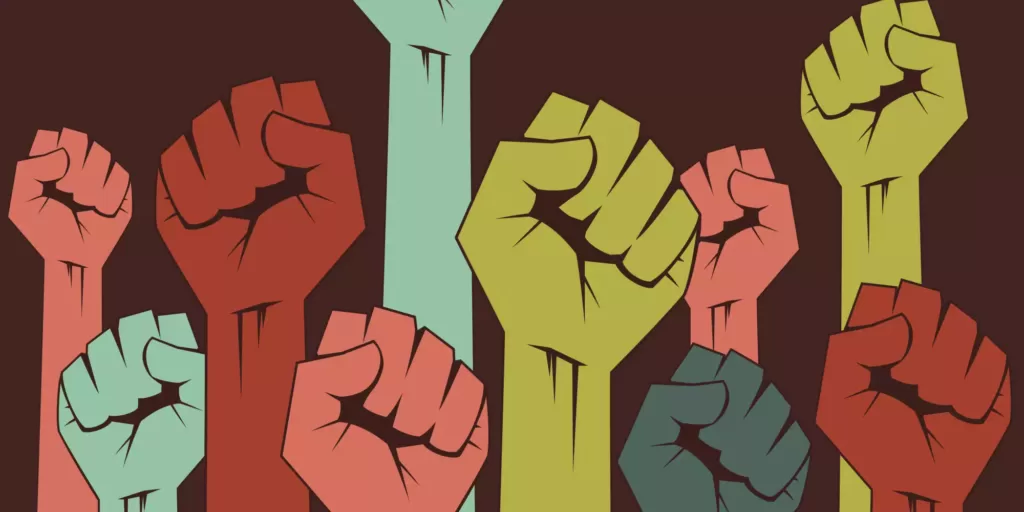
Image via Ecole Globale
Research on microfinance in Malaysia shows positive impacts on women’s household income in curbing poverty. When women have access to capital, they can launch businesses. Microcredit helps women in the decision-making process and resource-controlling when launching a business. Besides that, microfinance empowers women borrowers in household decision-making including mobility, daily expenditure, children’s school, health expenditure, and loan order decisions.
4. Community Development Projects
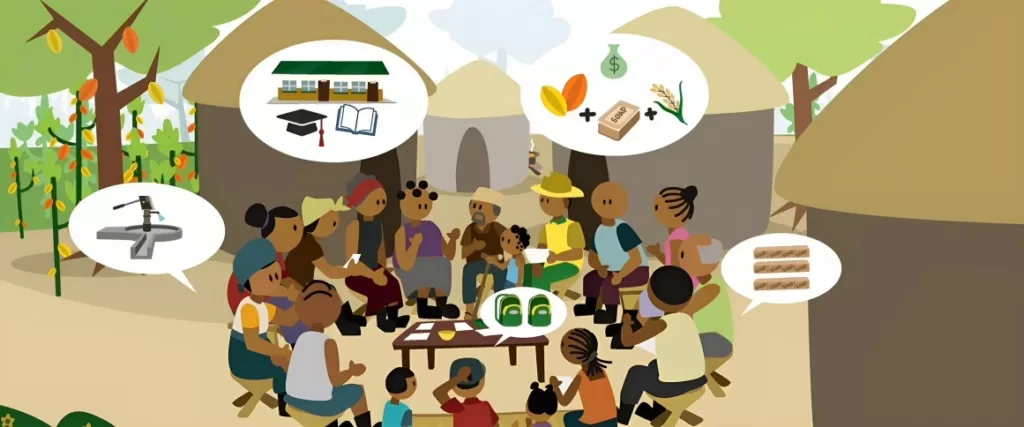
Image via International Cocoa Initiative
Microfinance programs are more than just financial transactions; they often involve community development initiatives. These initiatives focus on organizing workshops and seminars for low-income groups to provide them with business strategies, knowledge, and tools to grow businesses. Microfinance also helps to reduce poverty and promote sustainable economic development by attending to the needs of larger communities.
5. Rural & Agricultural Development
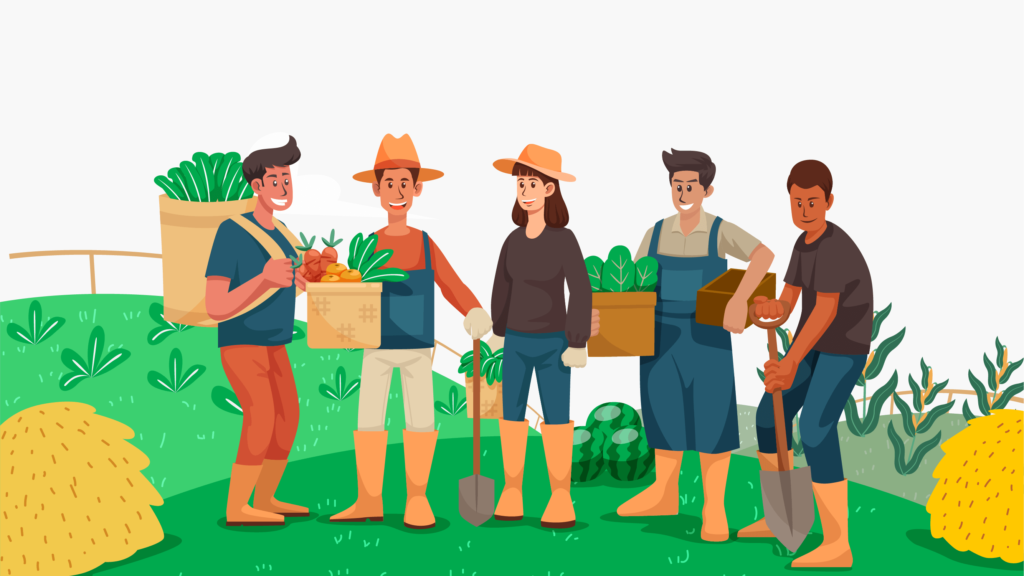
Image via Nimbly Technologies
Microfinance provides microloans for agriculture. Farmers can use it to buy agricultural technologies to boost their incomes. Training on sustainable farming methods is also provided. This lowers poverty in rural areas and increases their crops and productivity. The best part is that it also increases agricultural activity in Malaysia and creates job opportunities for farmers.
6. Financial Literacy
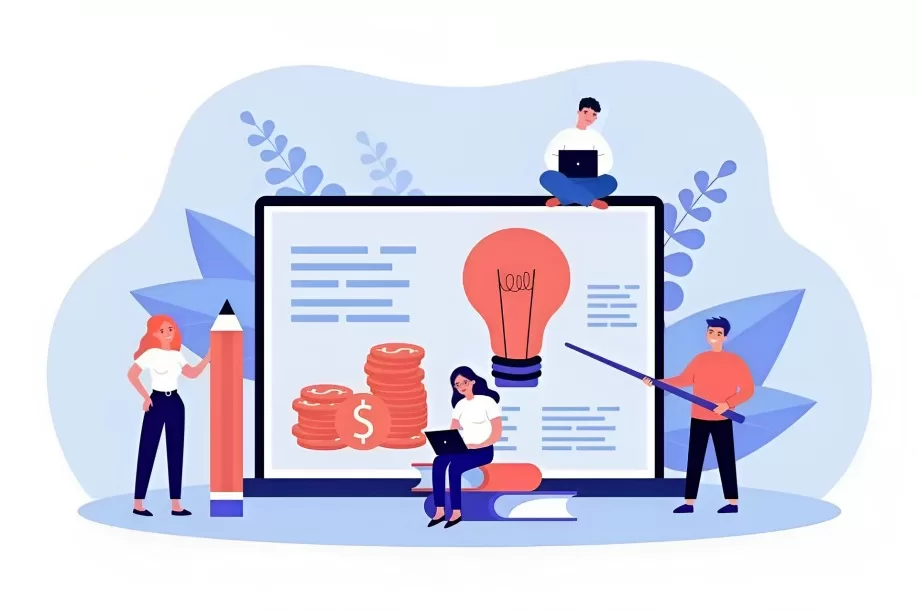
Image via Forbes
Microfinance programs emphasize financial literacy education, providing beneficiaries with the knowledge and skills to make good financial decisions in a business. Understanding basic financial principles enables individuals to manage their resources effectively, save for the future, and navigate economic challenges. Microfinance also provides a cost-effective substitute, assisting people in escaping debt.
Microfinance addresses the root causes of poverty and has a positive social and economic transformation. These initiatives can strengthen Malaysia’s efforts in sustainable development and poverty reduction as they develop and adapt to the changing needs of communities.





